Wastewater treatment, acid water neutralizing, water purification and disinfection
Modern Electroplating Wastewater Neutralization
Electroplating wastewater. Electroplating facilities and shops produce toxic solid waste in the form of ions of heavy metals, acids and alkalis that can cause water pollution. It is due to the electrochemical technology requiring large volumes of water. Generally, the decontamination and neutralization of electroplating wastewater is performed by a special unit which uses reagentRead More
Physico-chemical methods of ceramic production wastewater treatment: coagulation and adsorption
Water treatment process. Ceramic production forms two major streams of wastewater. The first stream is formed at the stage of preparing the slip casting of ceramic products, their mandrel, filling and bonding of parts and includes, mainly, a large amount of suspended clay particles and glycerol. The second stream is formed in the preparation ofRead More
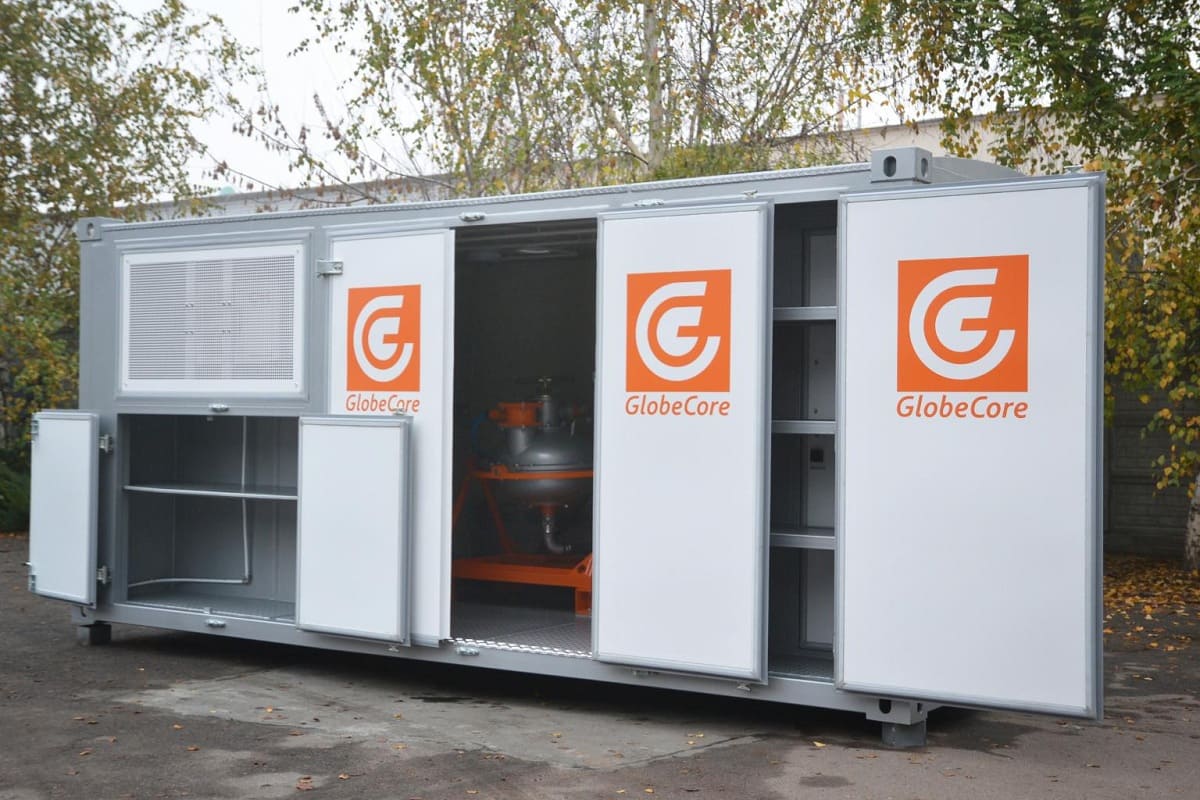
Removal of Heavy Metals from Wastewater Using Vortex Layer Devices
Removal of heavy metals.. From the beginning of the 1970s, technological and scientific research has been increasingly directed towards protection and preservation of the environment, which is becoming more and more important around the world. This is due to the irreversibility of negative anthropogenic impact, which is a real threat to the existence of mankind.Read More
Fish Processing Wastewater Treatment
The food industry, including the fish industry, is a source of organic compounds and water solutions of inorganic salts. These organic substances contain proteins and fats. They are washed by hygienic washing equipment with different types of detergents, resulting in different amounts of pollutants in the wastewater. Their daily flow of concentrated wastewater varies betweenRead More
Biotechnology in dairy wastewater treatment
Dairy wastewater treatment. The technology of food preparation creates waste varying in quantity, pollution, state of aggregation, etc. Wastewater of the food industry is considered concentrated by the level of contaminants. It contains a significant amount of organic substances. The most contaminated is the wastewater from alcohol, meat, dairy and sugar industries. Since these enterprisesRead More
The problem of treating wastewater containing pharmaceutical substances
Treating wastewater. The efficiency of wastewater treatment in sewage treatment plants depends on many factors, among them is the presence of toxic substances in wastewater which affect activated sludge. Typically, a pharmaceutical substance (medicine) is a mixture prepared by treating natural materials by synthesis or chemical treatment. These chemicals are released into sewage in microRead More
Wastewater Treatment With Microorganisms
Wastewater treatment. In the process of biological treatment of highly concentrated wastewater from industrial enterprises, food and light industries, the main role is played by microorganisms that colonize the treatment plants. These microorganisms use the substances contained in wastewater for their life-sustaining activity. These bacteria in the activated sludge are Pseudomonas, Bacterium, Micrococcus, Bacillus, Corynebacterium,Read More
Electrochemical treatment of industrial wastewater
Electrochemical treatment of wastewater. In recent years, the electrochemical methods of industrial wastewater treatment became more popular than chemical treatment. It is due to a significant increase in prices of chemical reagents such as oxidizing agents, reducing agents, acids, alkalis, coagulants and flocculants. The other reasons to abandon chemical reagent treatment is the absence ofRead More
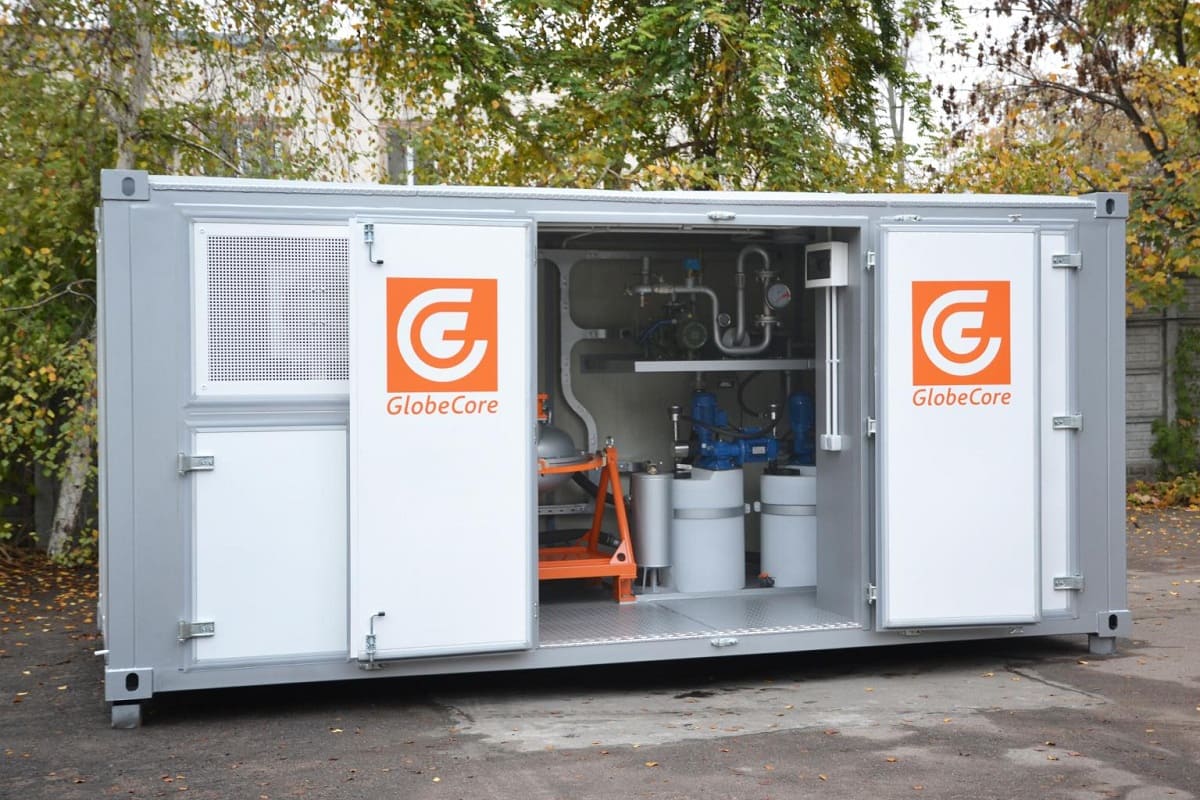
Treatment of Wastewater From Galvanic Production
Wastewater system. The existing methods of electroplating wastewater treatment do not fully meet the requirements and regulations for wastewater discharge into waterways and the environment. The reasons lie in the design and operation of wastewater treatment equipment. The difficulty is the comprehensive removal of the entire spectrum of pollutants used in industrial processes. Furthermore, itRead More
Meat Processing Wastewater Treatment
Meat processing wastewater treatment. Rational use of raw materials and energy resources is a major problem of today. It is closely related to the protection of environment and, in particular, the protection and conservation of water resources. In the 1980s the big meat processing complexes treated their wastewater mainly by mechanical methods. Now a significantRead More
Biological treatment of wastewater. Bioplatо
Bioremediation is a promising treatment of wastewater of different origins. Generally, a wastewater treatment plant is a complex engineering structure. In this article we will examine one such plant: a floating bioplato. A bioplato is used for post-treatment and treatment of industrial wastewater, utilities, and surface water run-offs. It almost doesn’t require chemical reagents; itRead More
Tannery Wastewater Treatment
Tannery wastewater treatment.. Tannery wastewater is highly concentrated and contains contaminant particles of different size. This is due to a large variety of chemicals in leather industry: sulfuric acid, lime, soda ash, sodium sulfate, sodium sulfide, hypophosphite, ammonium sulfate, synthetic surfactants and finishing agents, kerosene, methyl esters, molasses etc. Synthetic surfactants are used in tanneriesRead More
Removal of Coke and Byproducts From Wastewater
The problem of industrial wastewater treatment to remove dissolved organic matter, such as phenols, is important and difficult at the same time, despite the large amount of domestic and imported equipment innovations. First, deep purification of wastewater dictates special rules and conditions that are difficult to implement in practice. Second, many effective methods of deepRead More
Sorbent wastewater treatment to remove heavy metals
Remove heavy metals. The presence of heavy metal ions such as copper, lead, iron, nickel, zinc in the water is a serious problem for the environment due to their high toxicity, and also due to the inability of microorganisms to process them. The main water pollutants with such metals are ferrous and non-ferrous metallurgy andRead More
Dairy wastewater treatment
Dairy wastewater treatment . Dairy production is the second largest sector in the food industry. Milk processing plants are spread across the country due to the widespread availability of feedstock. The technology of food production creates large amounts of waste with different contaminants and concentrations. This problem needs to be solved to make dairy industryRead More
Wastewater treatment of baker’s yeast production plant
Baker’s yeast.. Rational use of water resources and the protection of waterways from wastewater pollution is of paramount importance. The only way to effectively clean the waterways from pollution is to properly treat wastewater (especially industrial), improving the existing physical, chemical and biological treatment methods and developing new methods. Wastewater from plants producing bakery’s yeastRead More
Treating wastewater from electroplating plants
Treating wastewater. Improving environmental safety through development of low-waste technologies, efficient treatment equipment, resource recovery wastewater treatment are the priority directions of the modern industry. Natural water resources are becoming a critical problem of today, because of outdated industrial water supply processes, poor state of wastewater treatment plants and old wastewater treatment technologies. They allRead More
Biological wastewater treatment to remove nitrogen and phosphorus compounds
Biological wastewater treatment. Wastewater treated with traditional biological methods contains large amounts of leftover biogenic substances (nitrogen and phosphorus compounds), which cause a lot of damage in natural water bodies. The rapid growth of algae in the water causes secondary water pollution, intense coloration and reduction of oxygen concentration. Blooming water greatly complicates its useRead More
Industrial wastewater treatment from lead
Industrial wastewater. Wastewater containing lead is extremely toxic. This metal is hazardous and has toxic and mutagenic effects on living organisms. It has an extremely negative effect on the human reproductive system. For these reasons, the presence of lead is strictly limited in the wastewater of industrial facilities. When industrial wastewater is discharged into municipalRead More
Methods of chromium and heavy metals removal from wastewater
Heavy metals removal from wastewater. In recent years, the most widely used methods of wastewater treatment to remove chromium and heavy metals are chemical (reagent), ion-exchange and electrochemical. Wastewater treatment with reagents Reagent treatment of wastewater is based on the use of reducing agents for chromium purification and precipitation agents for heavy metals neutralization. TheRead More
Methods for water waste treatment for the production of edible oil
Water waste treatment. Rational use of raw materials and energy resources is an urgent problem of today. It is closely related to the protection of environment, and water resources. The large amounts of highly concentrated wastewater come from the food industry. Such water in municipal drainage system or discharged directly into the environment can poseRead More
Electroplating wastewater treatment – chemical methods
Electroplating wastewater. Wastewater from electroplating and printing plates is classified as acidic or alkaline metal containing wastewater. Therefore the treatment includes methods that neutralize acids and alkali, extract metals, but do not extract organic contaminants. As a result, there is a difficulty to extract metal organic complexes. It should also be noted that certain organicRead More
Municipal wastewater treatment
Municipal wastewater treatment has become a complex process, due to numerous industrial facilities located in and around settlements, making their wastewater highly irregular in composition. Industrial wastewater requires a combination of the existing methods and improvement of the whole treatment process. The main approaches that can be used in municipal wastewater treatment plants are discussedRead More
Using Chemicals to Remove Chromium from Wastewater
Remove chromium. The most common methods of wastewater treatment are reagent treatment, ion exchange treatment and electrochemical treatment. Chemical reagent treatment is most common method of chrome and heavy metals removal. This method of treatment is based on the reactions of chemical reagents with pollutants. In case of chromium-containing wastewater, the reagents reduce hexavalent chromeRead More
Adsorption treatment of wastewater containing dyes
Treatment of wastewater. Large amounts of wastewater contain various dyes which are toxic and hazardous for the environment. This wastewater comes from the dye manufacturers and dyeing facilities of various industries. Harmful substances get into the water reservoirs with wastewater, degrading their sanitary state and requiring special treatment of water before its use for domesticRead More
Industrial wastewater treatment – electrochemical methods
Industrial water treatment plant. The electrochemical method of wastewater treatment is primarily used for extraction of chromium. The chromium is removed by sedimentation and by electrolysis with iron anodes. The process is based on the oxidation of trivalent to hexavalent chromium at the anode. The solution is pumped through electrolytic cell. The electrodes (anode /Read More

Ways to Improve Industrial Wastewater Treatment?
Industrial wastewater treatment. The environmental issues of industrial wastewater treatment are becoming more and more important. This is due to the growing pollution of water and air with the continuous increase of industrial wastewater volume and the tremendous growth in clean water consumption. This demands the development of new effective methods and equipment for waterRead More

Wastewater treatment plant process in paint production
Wastewater treatment plant process. Wastewater treatment, reuse and disposal is a pressing environmental, economic and technological problem for many industrial facilities. The current methods often do not provide complete water purification and do not meet modern environmental standards. Formaldehyde paint shops wastewater (FSV) forms a waste of phenol, urea or melamine with formaldehyde. Phenol resinsRead More

Aerotank – a biological wastewater treatment facility
Aerotank is a tank in which wastewater contaminants go through aerobic oxidation under the influence of activated sludge organisms. The aeration tank is constantly supplied with air that provides for the normal activity of organisms and maintains the sludge in suspension. The sludge is a biocoenosis of organisms that can oxidize and adsorb on theirRead More

Sedimentation water treatment in the cement industry
Sedimentation water treatment. Municipal and industrial wastewater goes to the wastewater treatment plants where it is purified and the waste is dried and disposed of. First the wastewater goes through a preliminary treatment that consists of solidification, stabilization, conditioning, destruction of colloidal structures of sediment and dehydration. The first step of wastewater treatment is filteringRead More

Wastewater treatment technologies in bakeries
Wastewater treatment technologies. The situation with wastewater of bakery facilities varies and depends on the location of the plant. Large factories dump their wastewater into the municipal sewage system, because it is believed that bakeries do not need their own treatment facilities, as their wastewater standards are close to sewer discharge norms. However, this isRead More
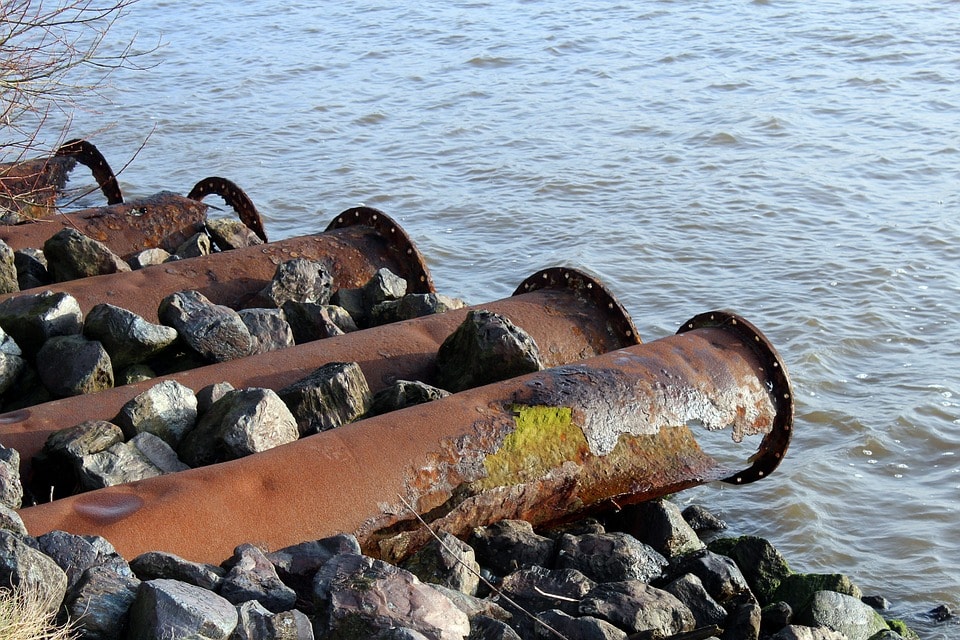
Improving the efficiency of industrial wastewater treatment
Industrial wastewater treatment. The new ideology of using nature and natural resources is making it a number one priority to solve the environmental and economic problems, to stabilize and improve ecological conditions and protect all types of natural resources. These tasks could be solved by implementing a competent environmental policy and environmental management by changingRead More
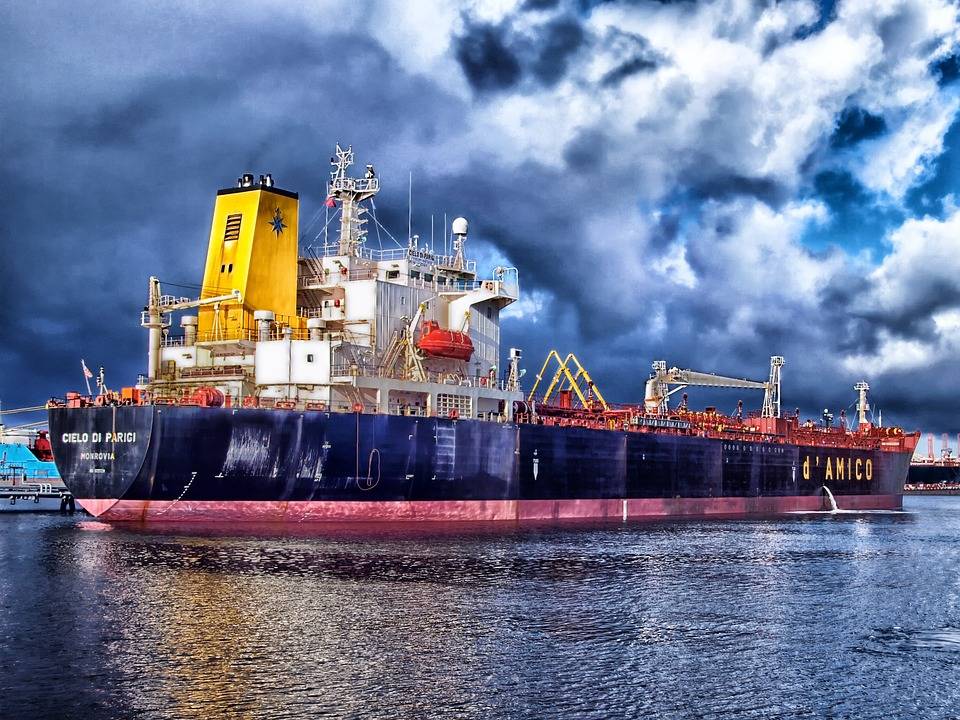
Oil wastewater treatment on board ships and in ports
Oil wastewater treatment. Oil waste represents a great danger to waterways. It often spills into the environment in the form of liquid petroleum whenransported by sea, causing pollution. Most modern ships have special equipment that processes oil contaminated water. The process of cleaning water and removing oil generates waste, sent to offshore or port facilities.Read More
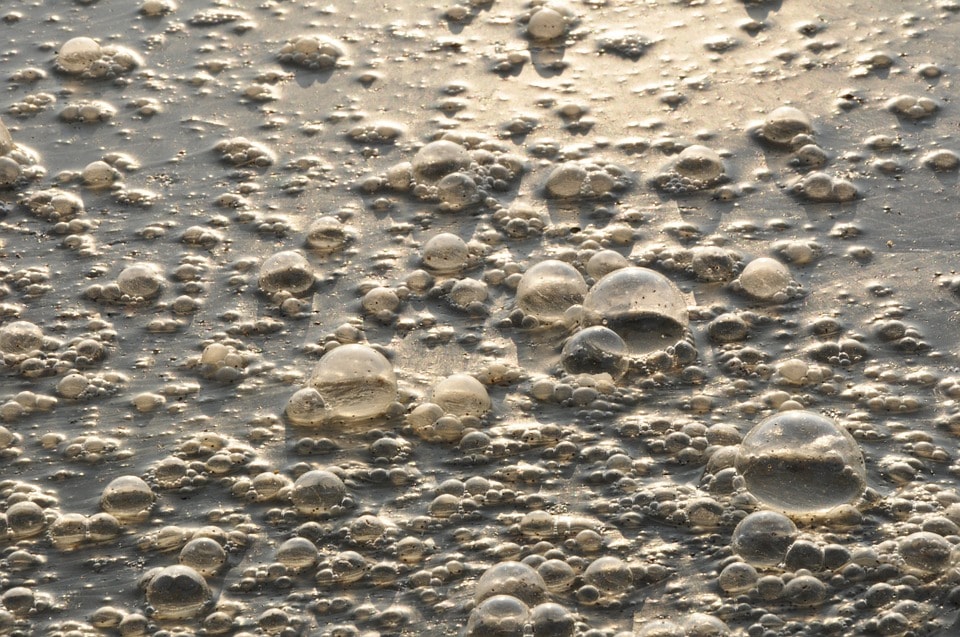
Wastewater Treatment with Vortex Layer Device
Wastewater Treatment. Over the years, there has been a growing anthropogenic impact on water resources. The main reason is the careless attitude of man to nature, resulting in increasing concentration of pollutants in the water every year, unauthorized dumping of washing water from ships, as well as accidental discharges from industrial wastewater from plants. DuringRead More
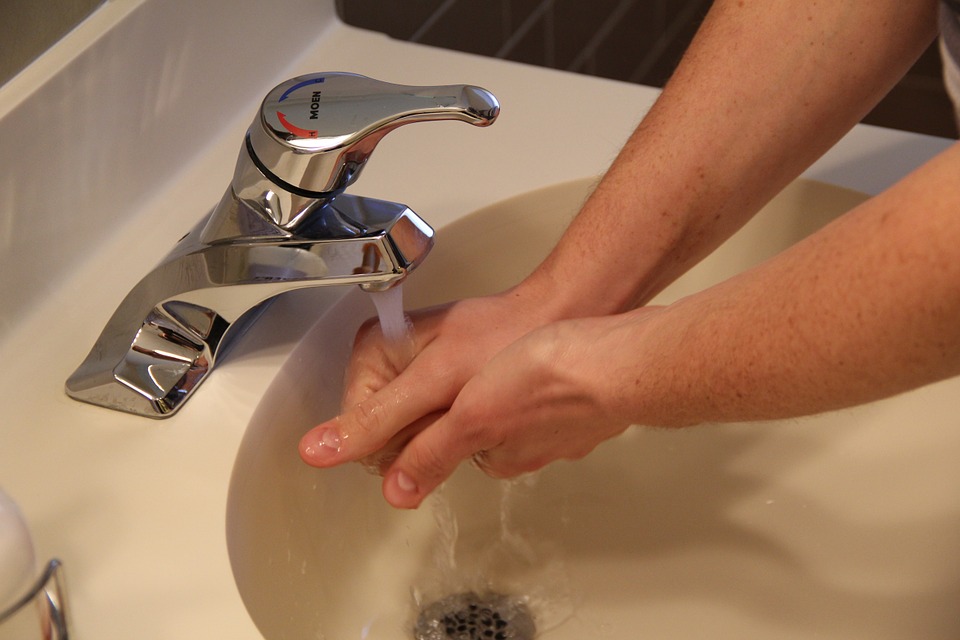
Decontamination of Wastewater
Decontamination of Wastewater. Protection of drinking water, as well as surface and underground water bodies from pollution is a serious problem of humanity, because the need for clean drinking water is always growing. Water bodies contain naturally occurring impurities along with chemical pollutants of various compositions (pesticides, phenols, petroleum products, heavy metal salts, nitro compounds,Read More

Mechanical Treatment of Wastewater to Remove Petroleum
Mechanical Treatment of Wastewater. Among the worst environmental problems is a widespread petroleum pollution of water bodies, coastal areas and soil, due to its increased production, transportation and refining. Statistics estimate 2% of oil losses during transportation. The losses cannot be avoided during storage of fuels and lubricants on tank farms and oil processing enterprises,Read More

Methods for Wastewater Treatment
Methods for Wastewater Treatment. The industrial enterprises cause environmental pollution with exhaust gases, wastewater and solid industrial waste. The bulk of waste of the I-IV class is the combustion residue, animal and plant waste as well as industrial wastewater resulting from wastewater treatment. The large amounts of such waste are due to the outdated technologiesRead More
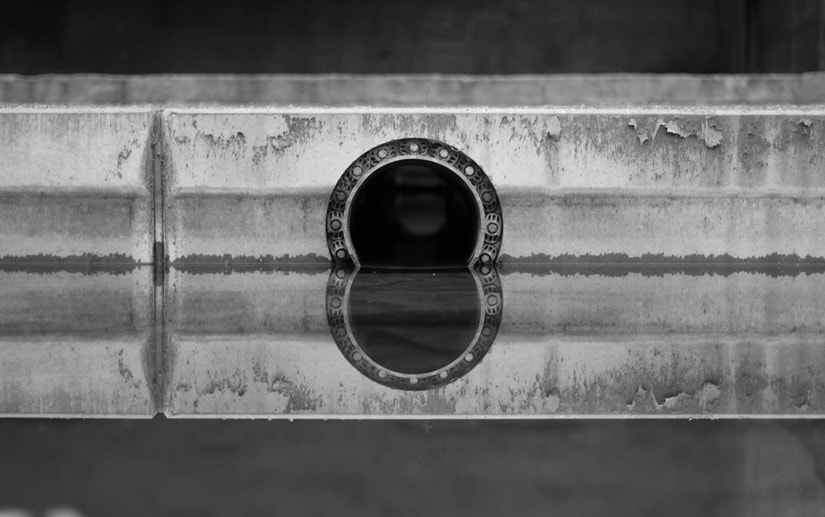
Wastewater Treatment Unit to Remove Hexavalent Chromium and Other Heavy Metals
Wastewater Treatment Unit. The process line for wastewater treatment from chromium, lead, nickel, iron and other heavy metals can be equipped with the AVS-100 (150) vortex layer device by GlobeCore. It significantly reduces reagent consumption, provides better cleaning and make the process continuous. The main feature of the vortex layer device is the intensive mixing ofRead More
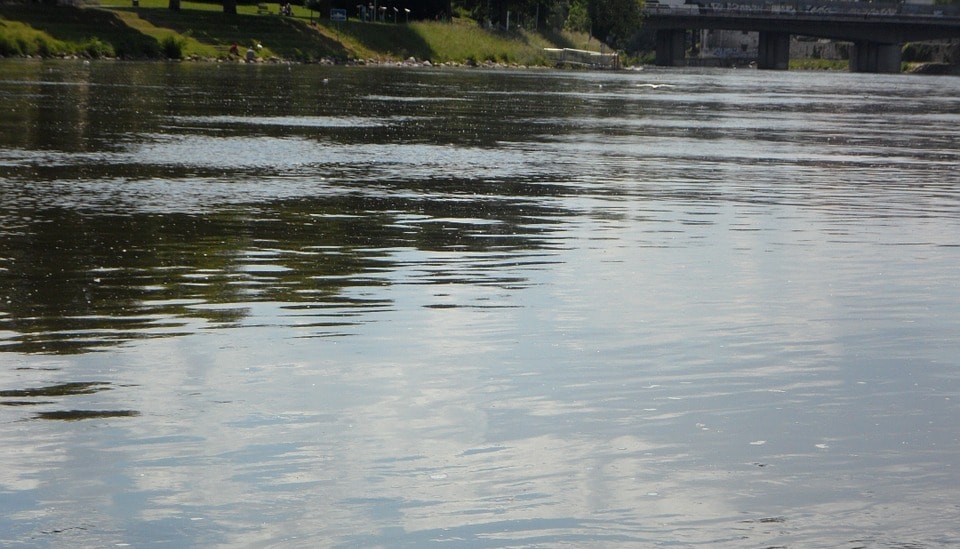
Industrial Wastewater Treatment Using an Alternating Electromagnetic Field
Industrial Wastewater Treatment. Environmental pollution is a global problem requiring effective and integrated solutions. An important part of protecting the environment is keeping the water resources pure and clean, when they are contaminated with heavy metals, acids, alkalis and other industrial wastes. The existing wastewater treatment technologies are not always reliable and efficient, requiring theRead More

Wastewater Treatment Based on Vortex Layer Device
Environmental problems are vitally important and require complex approaches. The most urgent task is improving the water resources of the planet which are polluted by industrial and agricultural waste. This problem is solved by wastewater treatment systems. Currently wastewater treatment mainly uses ion exchange, reagent and electrochemical methods, which are designed to deal with suchRead More

Improving the efficiency of industrial wastewater treatment in the vortex layer device
The environmental protection measures include saving the planet’s water resources and management of used resources which occupy large areas. Especially important is the treatment or industrial wastewater, among which the wastewater of chemical, engineering, food, instrument, petrochemical and other industries poses the greatest danger to the environment. Wastewater of these industries varies in amounts, compositionRead More
Ion Exchange in Electroplating Wastewater Treatment
The process of ion exchange has found practical use in wastewater treatment and water preparation systems, specifically for demineralization, desalination, correction of the chemical composition of water, removal of toxic or valuable substances in processing natural or industrial wastewater. Despite the abundance of the chemical properties of electroplating wastewater contaminants, both organic and inorganic, theRead More
Using Biosorbents to Remove Oil From Water
Remove Oil From Water. Dumping of insufficiently treated household and industrial wastewater contaminates water, poisons water bodies and destroys ecosystems. Among the substances contaminating oceans, seas, lakes and rivers of the planet, various oil products hold a leading position. The amount of oil products dumped into the ocean, but different accounts, varies from 5 toRead More
Chemical Purification of Wastewater
Chemical Purification of Wastewater. Water going into the sewage system must be processed to remove heavy metals and other hazardous contaminants. This purification requires a complex of measures. Wastewater can be classified by origin: industrial; household; precipitation (snow, ice etc). Chemical purification of wastewater implies the use of special reagents which react the contaminants. SuchRead More
Treatment of Electroplating Chromic Wastewater
While the industrially developed regions of the country suffer from lack of clean water, electroplating consumes enormous amounts of water: more than 50 million cubic meter per year. This industry is one of the most hazardous, with harmful work conditions, large amounts of wastewater contaminated with highly toxic chemicals. The main components of electroplating wastewaterRead More
Oil Processing Wastewater Treatment Facility
Wastewater Treatment Facility. Environmental protection and reasonable use of natural resources, ecological security of the society are the main conditions of sustainable economic and social development. Industrial production generates waste in solid, liquid, gaseous and mixed forms, influencing the environment, in the course of processing various natural resources. The environment is degrading rapidly due to::Read More
Modern Methods of Wastewater Treatment
When selecting methods and processes for treatment of industrial wastewater, several factors must be considered, such as the amount and nature of waste, concentration and type of contaminants, requirements treatment results as well as the possibility of using this water in water supply systems. In recent years, chemical, ion-exchange and electrochemical methods have come intoRead More
Wastewater treatment technology
Development of wasteless technology is an important measure to protect the environment from anthropogenic loads by separating contaminants from water, and possibly to recycle the contaminants for use in technology processes. This can be achieved by using modern efficient technologies. However, wastewater has several types of contaminants and so using only technology process in realRead More
Intensification of Wastewater Treatment in Food Production
Intensification of Wastewater Treatment. Treatment of wastewater, including that in food production industry, is a serious problem. Today, industrial processing of agricultural materials without consideration of environmental concerns causes contamination not only of the atmosphere and water bodies, but also the soil, ruining its fertility. Sugar, alcohol, yeast and meat processing facilities are often surroundedRead More
Neutralization of Wastewater
Neutralization of wastewater is required before releasing it into water bodies or reuse in various technology processes. Wastewater containing acids or alkali must be neutralized. Water with pH of 6.5 – 8.5 are considered neutral. Neutralization is required where pH is below 6.5 and above 8.5. Practically, the highest danger is posed by acidic wastewaterRead More
Removal of Phosphorus From Wastewater: a Review of Methods
Removal of Phosphorus From Wastewater. Wastewater generated by the industry and agriculture in many cases contains large amounts of ammonium and phosphorus. Insufficient removal of these from wastewater is a source of contamination of ground and surface water and causes eutrophication of water bodies. Biogenic elements cause proliferation of cyanobacteria. Excessive activity of algae degradesRead More
Livestock Farm Wastewater Treatment
Farm Wastewater Treatment. The degree of contamination of wastewater is characterized by the amount of mineral, organic and bacterial materials solved or unsolved in the water. Wastewater is treated by mechanical, chemical, physical or biological methods. Biological processes involve oxidation of organic substances in waste water in the form of suspensions, colloids and solutions byRead More
Biochemical Treatment of Wastewater: Anaerobic Process
Biochemical Treatment of Wastewater. Anaerobic methods involve treatment of wastewater without access to oxygen. Instead, methane fermentation is used. The advantage of this method is the high level of converting contaminants with the formation of biogas byproduct. Wastewater contaminated by nitrogen compounds are converted in the process of denitrification by microbes (such as Paracoccus denitrsficans)Read More
Wastewater Treatment: Aerobic Process
Aerobic process are based on the use of microbes which require constant supply of oxygen and the temperature of 20-40°С. Disruption of oxygen supply and temperature changes the composition and number of microbes. Purification of wastewater in aerobic conditions is performed by biofilters or by cultivation of microbes in biological sludge, in which biocenosis consistsRead More
Wastewater Treatment: Absorption Fields, Biofilters and Aerotanks
Wastewater Treatment:. Aerobic wastewater treatment methods is classified according to the type of reservoir where the contaminants are oxidized. The reservoirs can be such structures as absorption fields, ponds, biofilters and aerotanks. The aerobic oxidation (mineralization) occurs in biological ponds due to the microbes, algae and higher plants. The small depth, no currents, abundance ofRead More
Industrial Wastewater Treatment
The volume of toxic waste has been growing in recent years, and the environment cannot cope on its own. Large amounts of contaminants enter the environment with wastewater, including toxic ions of heavy metals. Reagents are used to purify wastewater and decontaminate concentrated solutions (electrolytes etc), neutralizing them and causing sedimentation of heavy metals withRead More
Compact Wastewater Treatment Facilities
The modern wastewater treatment infrastructure in cities is in many cases in poor condition, while the volume of wastewater and the concentration of contaminants keep growing. The quality of wastewater treatment may fall short of standards due to unsatisfactory operation of the aging treatment plants. Besides, new sewage lines must be built through residential areaRead More
Ion Exchange in Electroplating Wastewater Treatment Processes
The problem of contamination of water bodies with biogenic elements and protection of the environment is essential. The main source of contamination, which worsens water quality and disrupts ecosystems is the release of insufficiently treated wastewater. Municipal treatment facilities, where biological treatment of water is performed through the traditional arrangement of aerotank and a secondaryRead More
Treatment of Agricultural Wastewater with Biotechnology
Treatment of agricultural wastewater usually involves physical, chemical and biological processes. A typical treatment system includes primary, secondary and, in some cases, tertiary purification stages. The principle of operation of most one or two stage treatment plants is based on using physical (mechanical) effects, and therefore the variety of the facilities does not differ muchRead More
Traditional and Alternative Methods of Household Wastewater Treatment
Methods of Wastewater Treatment. Among the traditional wastewater purification technologies, one of the most common is aerotank treatment. Those are, as a rule, rectangular reactors with many chambers, which contain high concentrations of aerobic microbes in suspended floccules (biological sludge) and are equipped with a system of continuous aeration and recirculation of sludge. Aerotanks withRead More
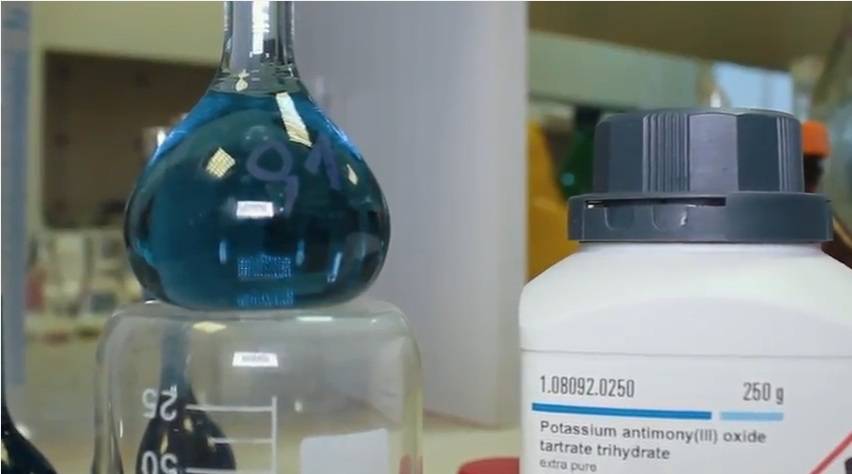
Removal of phosphates from waste water
Chemical waste water, containing phosphates, is environmentally hazardous. Most facilities use one of the two phosphate removal techniques: Chemical removal using various reagents; Sorption. Purification during the production process is inefficient. It must be performed in several stages and takes a long time, for instance, decontamination in reactors takes as long as 30 minutes. WeRead More
Electromagnetic Intensifier for WasteWater Treatment
Electromagnetic Intensifier for WASTEWATER TREATMENT SYSTEMS WASTEWATER TREATMENT SYSTEMS | VORTEX LAYER DEVICE AVS-150 Treatment of industrial waste water is one of the most important stages of any production process. Besides, environmental safety is not only a matter of preference, but a requirement in our times. Advantages increasing reaction speed in 1.5-2 times reagent and energyRead More
The Use of Vortex Layer Devices for Decontamination of Liquid Pig Manure
One of the major problems of livestock industry is the accumulation of large amounts of liquid manure. Manure processing and subsequent disposal technology depends on the pig farm cleaning methods. Nowadays, water wash is most often used in practice, which is characterized by the occurrence of low-concentration manure effluent, the volume of which is 4-5Read More
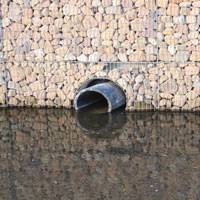
Automatic reagent feeder for vortex layer device waste water purification systems
GlobeCore develops, manufactures and installs waste water treatment systems based on the vortex layer devices. The main feature of these devices is the comprehensive effect on the processed materials, including intensive mixing and dispersion, acoustic and electromagnetic influence, friction, high local pressures, electrolysis etc. The above increase the efficiency of waste water treatment: reduces energy costs,Read More
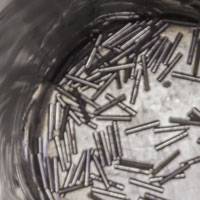
Automatic addition of ferromagnetic particles into the active chamber of the vortex layer device
The electromagnetic vortex layer devices were first developed in 1960s. In these devices, a complex interaction between the ferromagnetic particles, liquid and the processed material occurs, accelerating the processes of mixing and pulverization. Besides, vortex layer devices can successfully be used as reactors. GlobeCore manufactures AVS-100 and AVS-150 vortex layer devices. In essence, the equipment isRead More
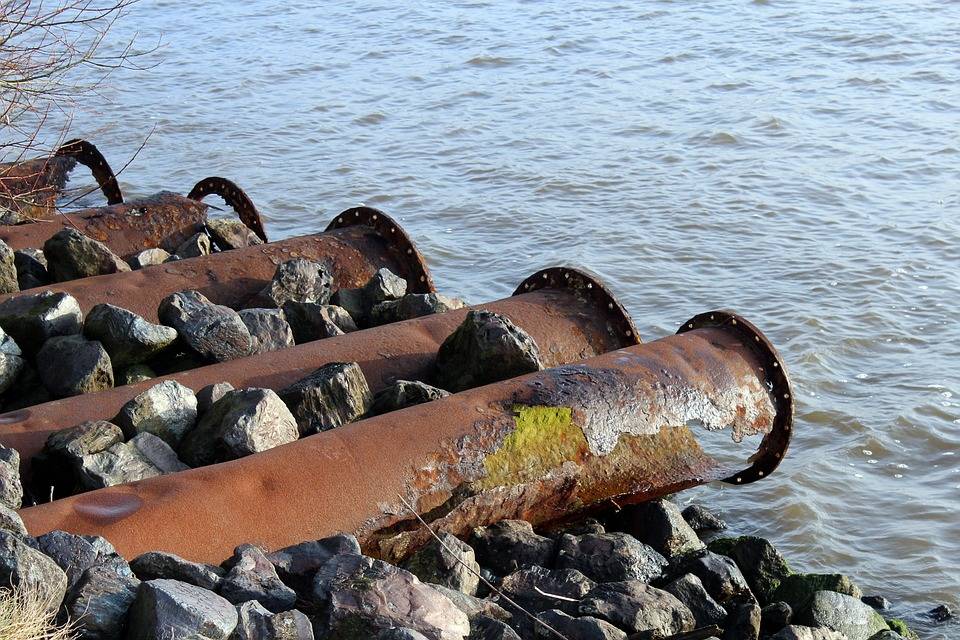
Advantages of GlobeCore Vortex Layer Device for Wastewater Cleaning
Despite of all the efforts to achieve progress in improving the environment is not yet possible. Therefore, it is urgent to find a new high-performance solution for treating sewage of industrial enterprises. Existing wastewater treatments are not always able to remove all hazardous chemicals. GlobeCore specialists conducted a number of studies confirming that – usingRead More
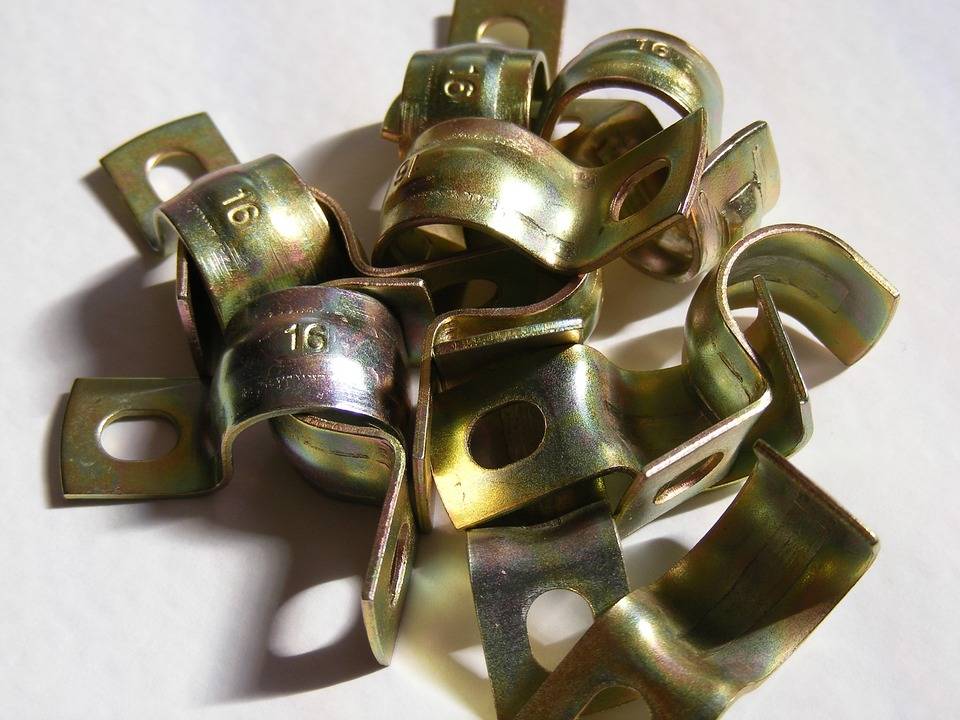
Vortex Layer Device AVS Treatment of Containing Cyanide Wastewater from Galvanic Plant
A huge amount of water is consumed in electroplating workshops. Most of the volume is used to prepare and adjust electrolyte and for rinsing products after processing. Depending on the type of contaminants the wastewater from electroplating plants is divided into three groups: The acid-alkaline water. It contains acid (sulfuric, hydrochloric, nitric, hydrofluoric), alkali andRead More

AVS in waste water treatment
Treatment of industrial waste water is one of the most important stages of any production process. Besides, environmental safety is not only a matter of preference, but a requirement in our times. In this page you can find information on industrial applications of the vortex layer device in waste water treatment and the existing processRead More
